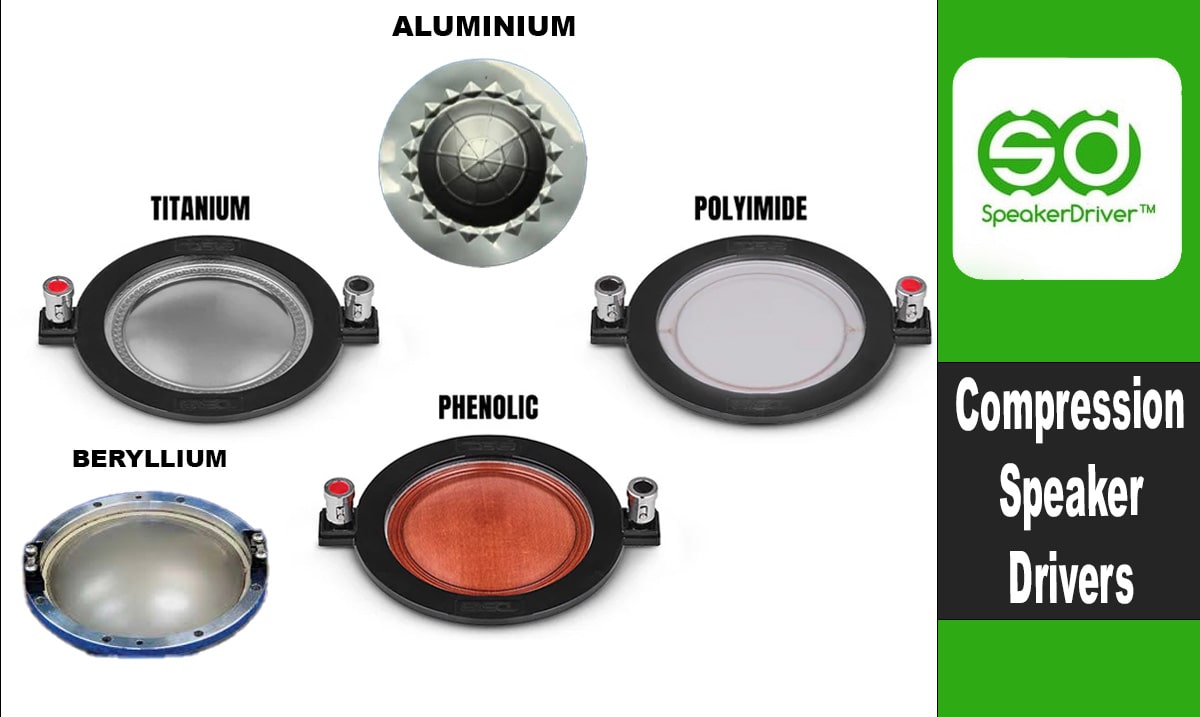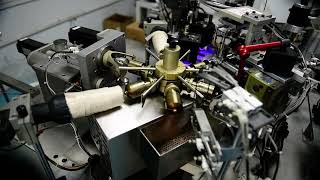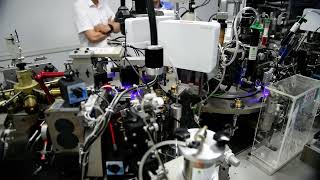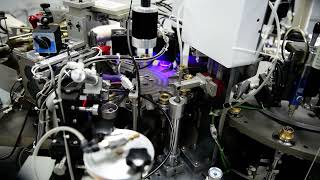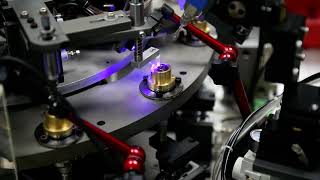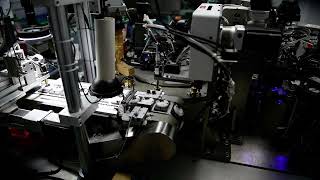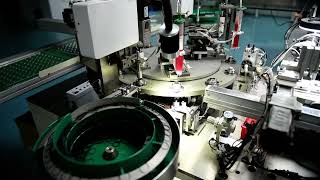A Detailed Guide: Compression Speaker Drivers
Compression speaker drivers are a crucial component in professional audio systems, especially in applications requiring high sound pressure levels and long-throw capabilities. These drivers work in conjunction with horn structures to efficiently project sound over large distances, making them ideal for concerts, stadiums, auditoriums, and PA systems.
How Compression Drivers Work
Compression drivers operate by forcing sound through a small aperture into a horn. This horn-loading mechanism increases acoustic efficiency and directs the sound output, making them far more efficient than standard direct-radiating drivers. They typically use a dome-shaped diaphragm coupled to a voice coil. The diaphragm's vibrations are transmitted through a phase plug into the horn, which then radiates the sound.
Types of Diaphragms in Compression Drivers
-
Polyimide Diaphragms
Polyimide is a high-performance plastic offering excellent thermal stability and mechanical flexibility. It's commonly used in compression drivers designed for high-power handling without sacrificing clarity.
- Sound Profile: Warm and smooth with a controlled top-end response.
- Advantages: Heat resistant, durable, and cost-effective.
- Use Case: Ideal for PA systems and entry-level pro audio.
-
Titanium Diaphragms
Titanium diaphragms are known for their strength, rigidity, and excellent high-frequency response. They're widely used in professional compression drivers due to their longevity and sound clarity.
- Sound Profile: Bright, detailed, and extended high-frequency output.
- Advantages: High sensitivity, long life, corrosion-resistant.
- Use Case: Concert-grade speakers, large-format arrays.
-
Aluminum Diaphragms
Aluminum offers a lightweight yet responsive diaphragm material, often used in medium to high-frequency compression drivers. It provides a balance between weight, performance, and cost.
- Sound Profile: Clear and dynamic with moderate warmth.
- Advantages: Affordable, lightweight, fast response.
- Use Case: Monitor speakers, mid-tier live sound setups.
-
Beryllium Diaphragms
Beryllium is one of the most rigid materials used in diaphragms, resulting in superb high-frequency reproduction. Its high stiffness-to-weight ratio minimizes distortion and breakup modes.
- Sound Profile: Ultra-clear, fast, and extremely accurate.
- Advantages: Exceptional performance, minimal distortion.
- Use Case: High-end studio monitors and audiophile-grade compression drivers.
-
Phenolic Diaphragms
Phenolic diaphragms use resin-treated fiber material that provides a smooth and warm sound. Though not as high-performing in treble as metallic options, they’re preferred for vocal clarity and smooth transitions.
- Sound Profile: Warm, smooth, and non-fatiguing.
- Advantages: Cost-effective, mellow tonality, great for vocals.
- Use Case: Public address horns, vintage speaker systems.
Comparison of Diaphragm Materials in Compression Drivers
| Diaphragm Material | Sound Profile | Strengths | Weaknesses | Typical Applications |
|---|---|---|---|---|
| Polyimide | Warm, smooth | Heat-resistant, durable, cost-effective | Less high-frequency extension | PA systems, entry-level compression drivers |
| Titanium | Bright, detailed | High sensitivity, long-lasting | Can sound harsh if not tuned | Pro audio, high-SPL systems |
| Aluminum | Clear, balanced | Lightweight, responsive | Less durable than titanium | Mid-tier pro audio, studio monitors |
| Beryllium | Ultra-clear, accurate | Top-tier clarity and speed | Very expensive, rare | High-end audiophile and studio gear |
| Phenolic | Warm, smooth | Affordable, ideal for voice | Limited treble extension | PA horns, voice-focused systems |
Conclusion
Compression drivers are vital for efficient sound projection in demanding environments. The diaphragm material used plays a pivotal role in defining the tonal character and performance of the driver. Whether it's the warmth of phenolic, the precision of beryllium, or the ruggedness of titanium, selecting the right diaphragm ensures optimal performance for your application.
For premium compression drivers with tailored diaphragm technologies, consider SPEAKER DRIVER™️ — your trusted partner in high-performance audio engineering.
